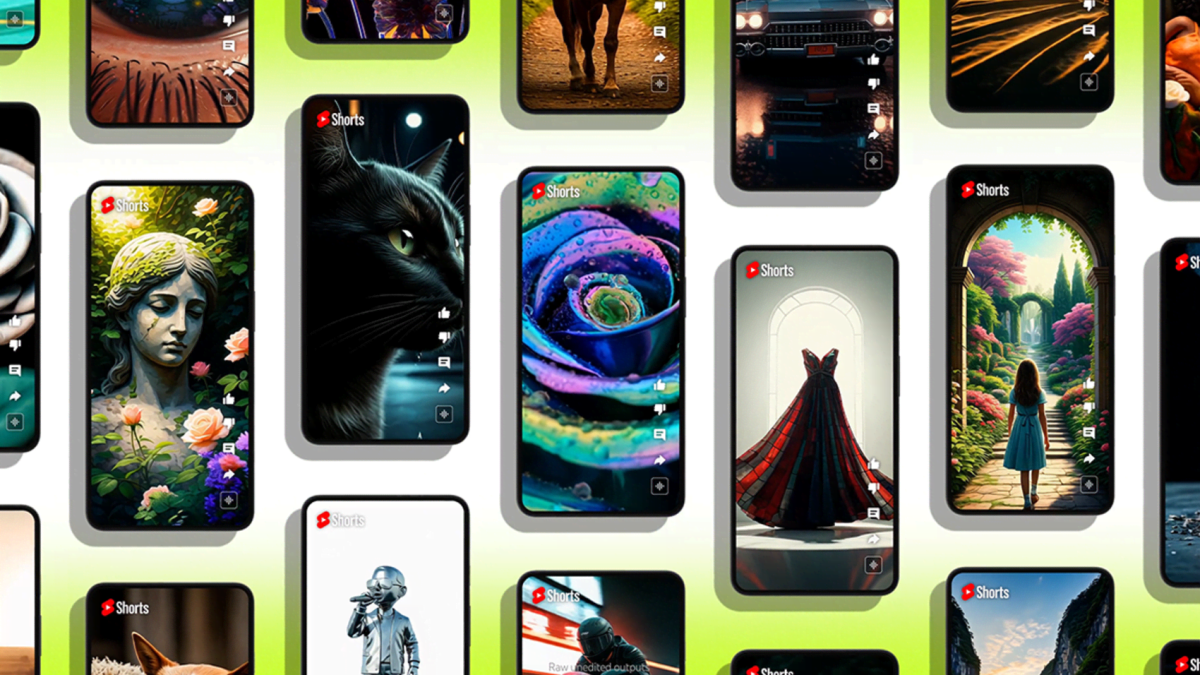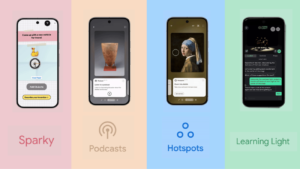YouTube Introduces AI Tools from Google DeepMind for Shorts Creators

YouTube’s New AI Features for Creators
On Wednesday, YouTube unveiled new artificial intelligence (AI) features designed specifically for creators using its Shorts platform. These enhancements are powered by Google’s cutting-edge DeepMind video generation technology.
Introduction of Veo
The newly introduced features, called Veo, aim to assist creators in producing more engaging content. With Veo, creators can now incorporate AI-generated backgrounds into their videos. Additionally, they can generate standalone six-second video clips using simple written prompts. This innovation reflects YouTube’s strategy to streamline video creation and expand creative possibilities.
Neal Mohan, the CEO of YouTube, expressed optimism about the potential of Veo. He stated that these tools are intended to expedite the creative process, allowing users to bring their ideas to life more efficiently. Mohan emphasized that this technology is designed to enhance creators’ efforts rather than replace them.
Features and Future Rollouts
The Veo AI backgrounds represent a significant upgrade from a previous feature, Dream Screen, which was also aimed at generating AI content. The rollout of the Veo AI backgrounds is expected later this year. However, creators will have to wait until 2025 for the ability to generate these six-second AI clips.
During a recent event in New York, YouTube also announced upcoming upgrades to the YouTube Studio app. These enhancements will allow creators to use AI for generating video titles, thumbnails, and even content ideas, with these features set to launch in late 2024. The introduction of such tools reflects the growing emphasis on AI’s role in content creation.
The Evolving Creator Landscape
As generative AI technology continues to advance, creators are increasingly looking for ways to leverage it. Some creators have started incorporating AI into their work to produce unique clips or even entirely AI-generated content. However, this shift has not come without concerns.
Concerns Among Creators
Some creators worry about how their content might be used to train the AI models that power features like Veo. For instance, popular comedian Thomas Simons, who has over 15 million subscribers, expressed uncertainty about the implications of AI in content creation. His sentiments reflect a common apprehension among creators about their intellectual property rights and the potential for AI-generated content to flood platforms.
Addressing Concerns
YouTube has acknowledged these concerns by stating that all AI-generated content will carry a watermark and a label, indicating its AI origins. This measure aims to promote transparency and ensure that viewers are aware of the nature of the content they are engaging with.
AI’s Impact on the Creator Economy
The introduction of generative AI tools is reshaping the creator economy by providing access to advanced technology that was once reserved for larger companies. YouTube’s approach positions it at the intersection of technology and creative expression. Mohan elaborated on this idea, suggesting that the combination of technological innovation and human creativity can lead to remarkable outcomes in content production.
As the platform continues to evolve, it remains focused on enhancing the creative capabilities of its users while addressing the challenges that come with integrating AI into the content landscape. As more tools and features are rolled out, creators will have new opportunities to explore innovative ways to engage their audiences and expand their creative horizons.






